Nature! Culture! Spring!!
The following is a selection of books in our collection that illuminates the deep connection between writers and their perceptions of nature and culture. They will transport you to, amongst other exotic and domestic spaces, England’s strange moorland and its verdant south, and to the Massachusetts' of Emily Dickinson where gardens and plants were central to her life and work.
Damon Young: Voltaire’s vine and other philosophies: How gardens inspired great writers
A collection of short essays on eleven writers (Austen, Proust, Woolf – Leonard not Virginia – Nietzsche, Colette, Rousseau, Orwell, Dickinson, Kazantzakis, Sartre and Voltaire) who wrestled with ideas about human existence. Variously tormented, soothed, stimulated, and nauseated by their interpretations of nature, it’s hard to imagine these writers gathered together anywhere but between the covers of a book. This is an artful introduction to their personalities and ideas.
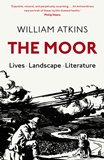 William Atkins: The Moor: Lives, Landscape, Literature
William Atkins: The Moor: Lives, Landscape, Literature
A keen-eyed tramp through the moorland of Southwest and Northeast England which the 17th century writer, Charles Cotton, dismissed as “Nature’s pudenda,” The Moor is reminiscent of Bill Bryson’s A Walk in the Woods, without quite so much physical pain. Through Atkins’ eyes we can envision local color, fascinating characters, natural history, geological anomalies, brutal winds, and a great deal of English literature. A very entertaining read.
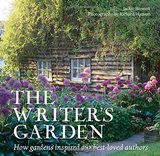
The Writer’s Garden: How gardens inspired our best-loved authors
Richard Hanson’s photographs will make you nostalgic for the perfect English garden you probably never had. Banks of alliums, old roses, rolling meadows, apple orchards, you can almost hear the humming bees and the chirping birds. You will shed a bitter tear as you sprint for the rush-hour subway.
Caroline Zoob: Virginia Woolf’s Garden: the story of the garden at Monk’s House
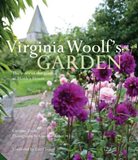
More fantastic photographs, this time by Caroline Arber, illustrate a detailed account of the construction and growth of the Woolfs’ garden in Rodmell, Sussex. Zoob also includes archival images of Virginia and Leonard, along with her own embroideries of their garden plans.
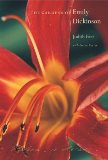 Judith Farr: The Gardens of Emily Dickinson
Judith Farr: The Gardens of Emily Dickinson
A more modestly illustrated but well contextualized analysis of the interconnections between nature and art in the life and work of Emily Dickinson, who was a student of botany and an ardent horticulturist. Includes a chapter by Louise Carter on the plants in Dickinson’s garden and conservatory and how to propagate and maintain them.
Writers will always need a reader, in this case John Reader, writing on the spud, that “propitious esculent," and a vegetable dear to my heart. 
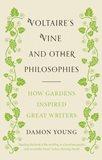

Disqus Comments